45+ Sample Basic Rental Agreements
-
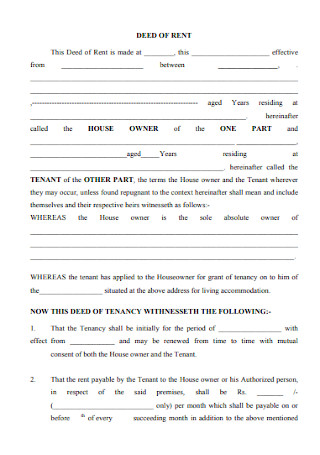
Deed of Rental Agreement
download now -
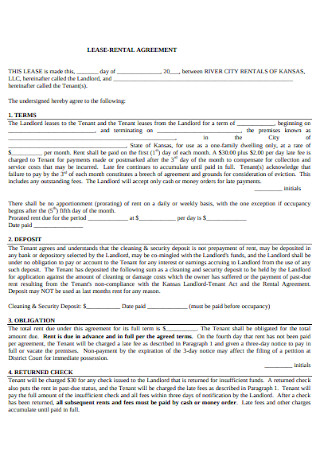
Lease Rental Agreement
download now -
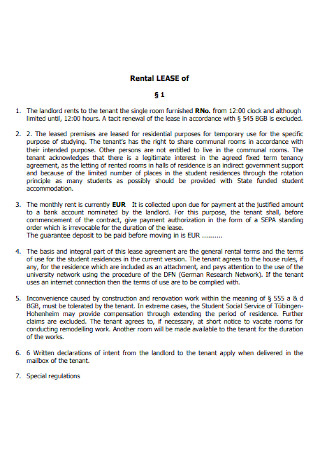
Rental Agreement Example
download now -
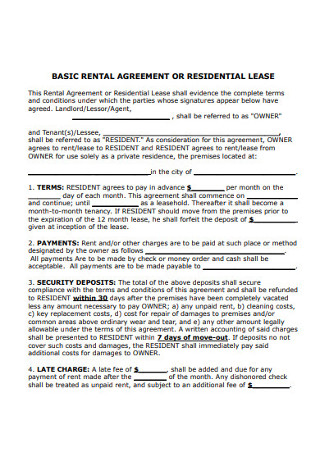
Rental Agreement or Residential Lease
download now -
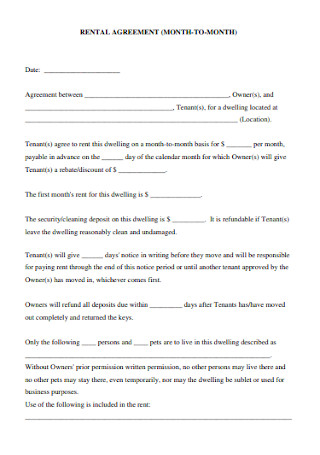
Month to Month Rental Agreement
download now -

Room Rental Agreement
download now -
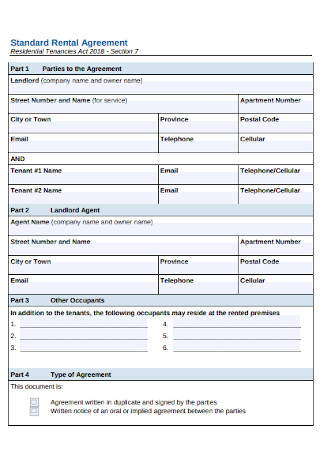
Standard Rental Agreement
download now -
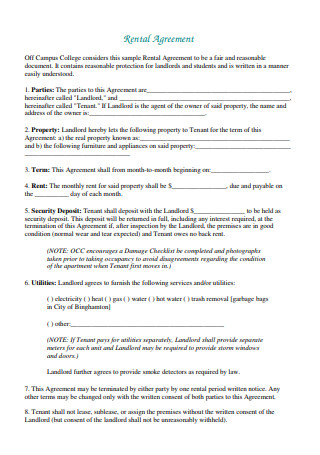
Campus Rental Agreement
download now -
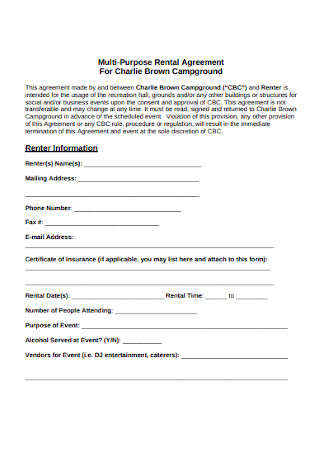
Multi Purpose Rental Agreement
download now -
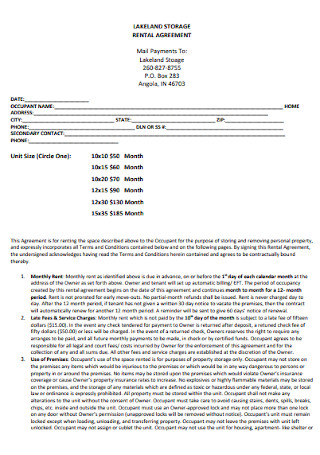
Storage Rental Agreement
download now -

Church Rental Agreement
download now -
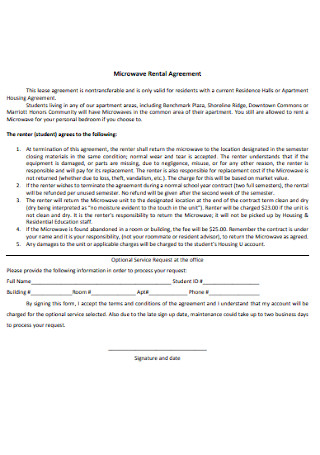
Microwave Rental Agreement
download now -
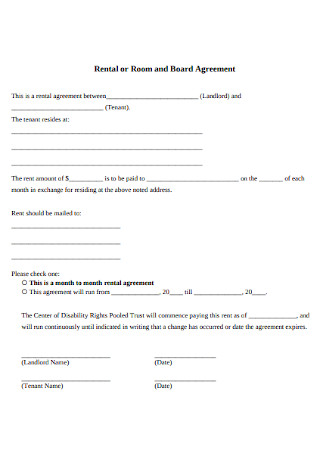
Rental or Board Agreement
download now -
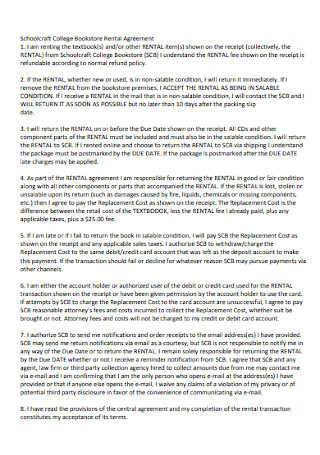
Book Store Rental Agreement
download now -
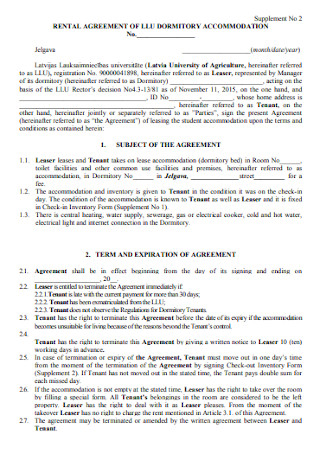
Accommodation Rental Agreement
download now -
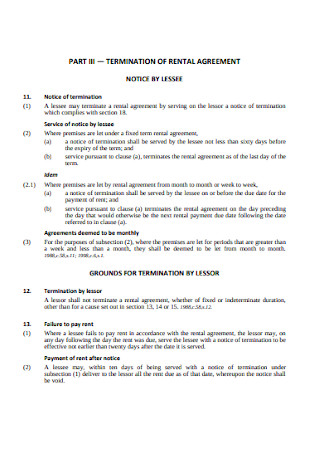
Termination of Rental Agreement
download now -
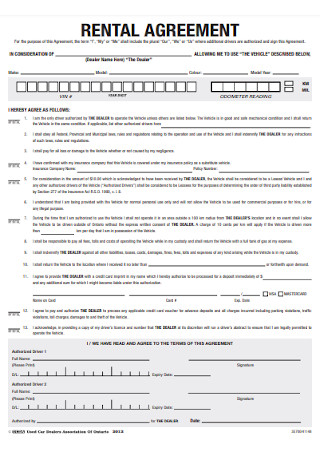
Vehicle Rental Agreement
download now -
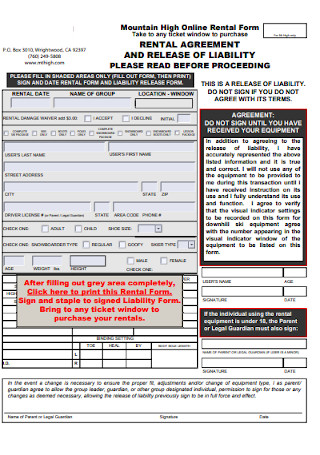
Rental Agreement and Release of Liability
download now -
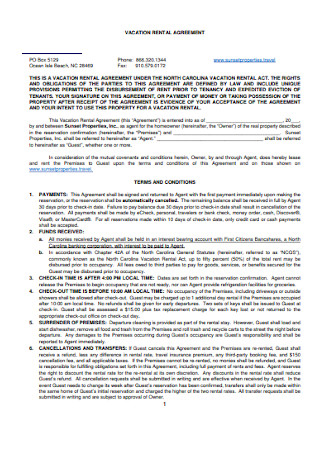
Vacation Rental Agreement
download now -
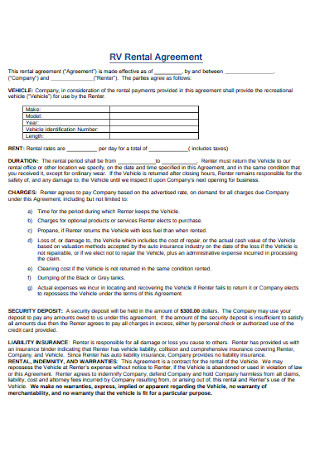
Company Rental Agreement
download now -
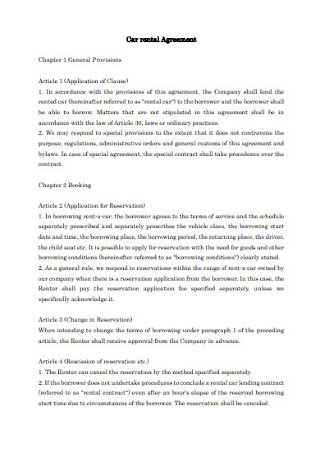
Car Rental Agreement
download now -
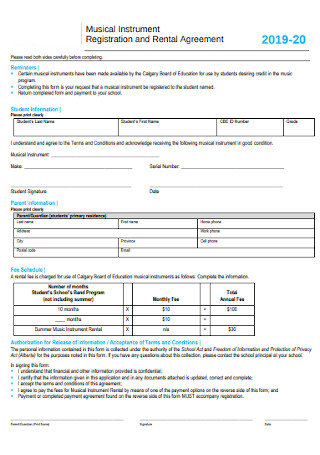
Musical Instrument Rental Agreement
download now -
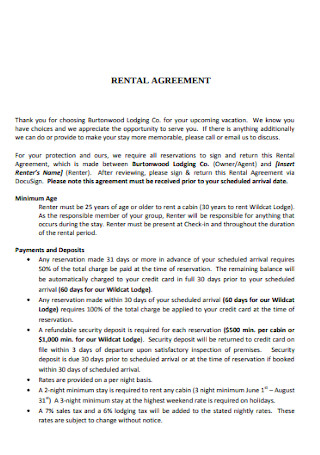
Basic Rental Agreement
download now -
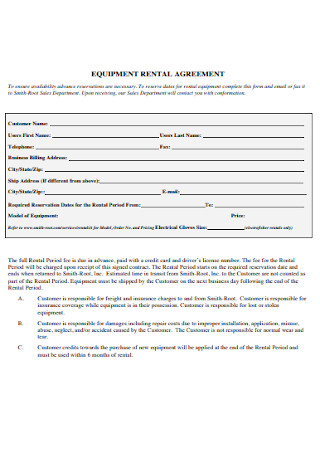
Equipment Rental Agreement
download now -
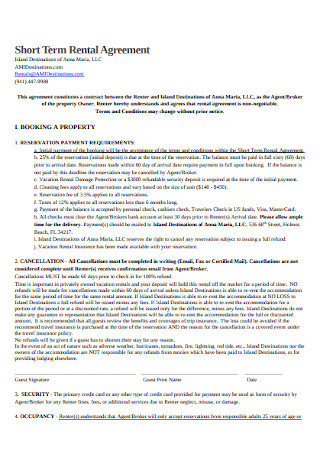
Short Term Rental Agreement
download now -
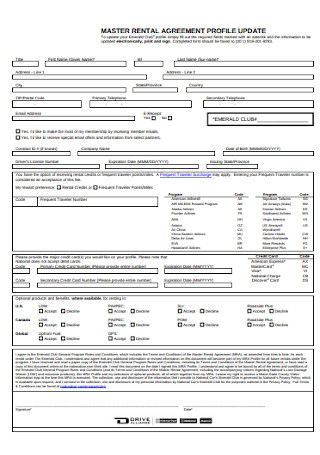
Rental Agreement Profile Update
download now -
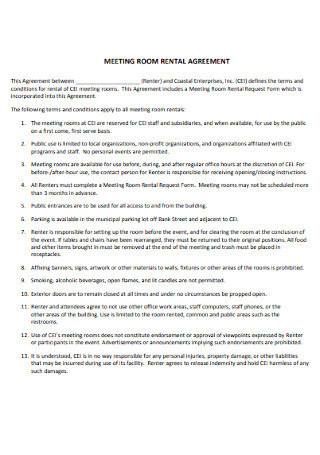
Meeting Room Rental Agreement
download now -
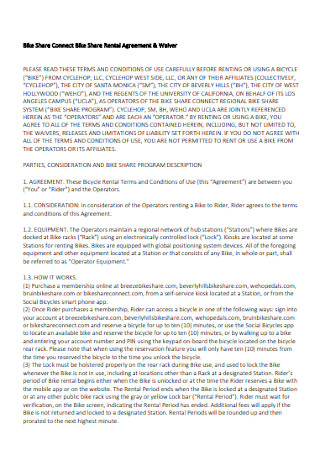
Bike Share Rental Agreement and Waiver
download now -
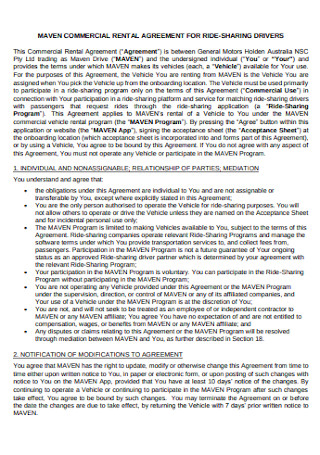
Commercial Rental Agreement
download now -
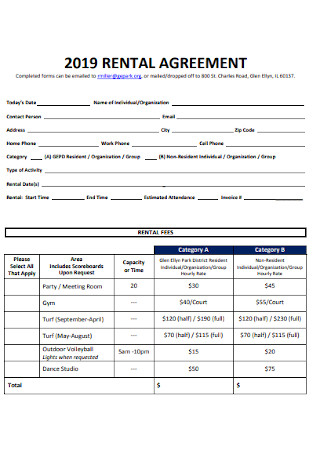
Fitness Center Rental Agreement
download now -

Short Term Rental Agreement Example
download now -
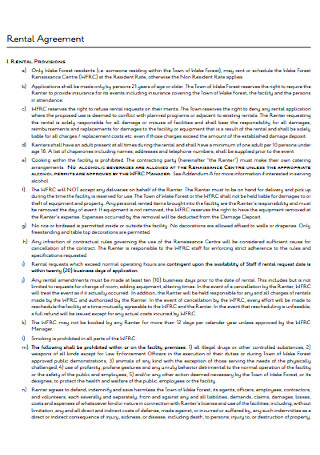
Renaissance Centre Rental Agreement
download now -
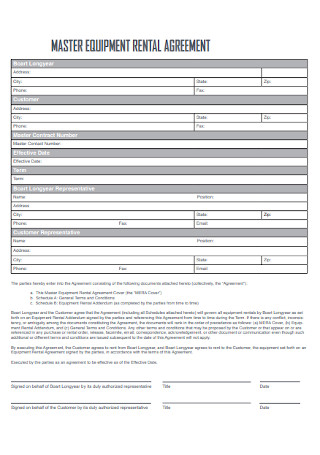
Master Equipment Rental Agreement
download now -
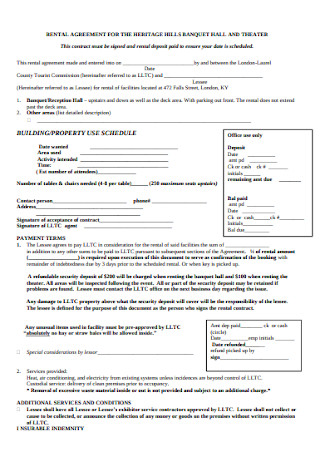
Banquet Hall Rental Agreement
download now -

Apartment Rental Agreement
download now -
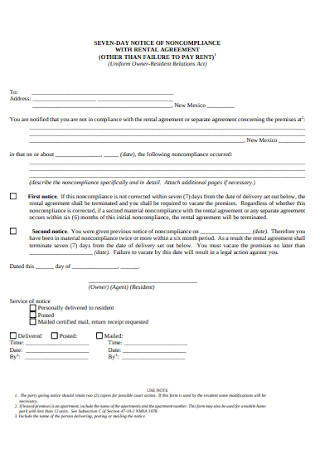
Non Compliance Notice with Rental Agreement
download now -
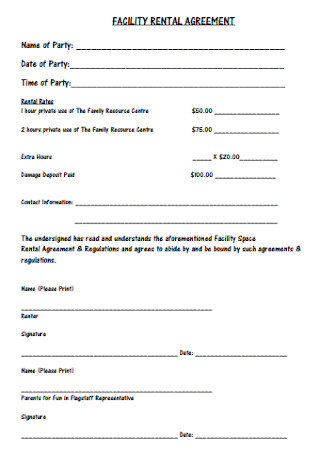
Facility Rental Agreement
download now -
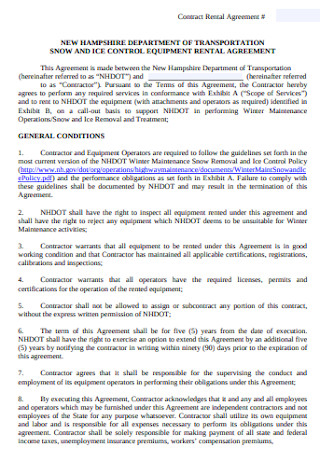
Ice Control Equipment Rental Agreement
download now -
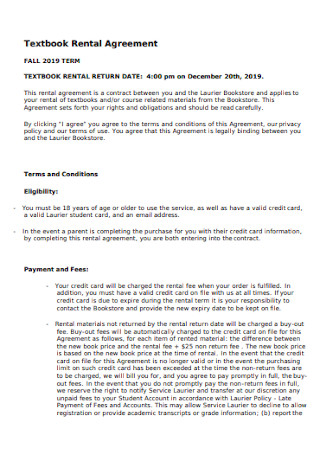
Text Book Rental Agreement
download now -

Mockingbird Suites Rental Agreement
download now -
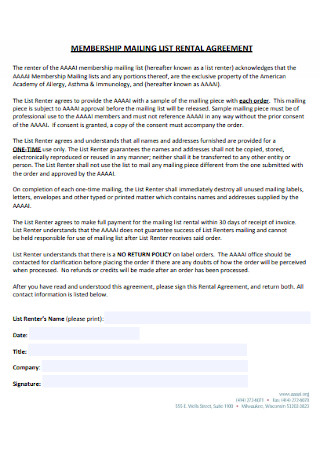
Membership Mailing List Rental Agreement
download now -
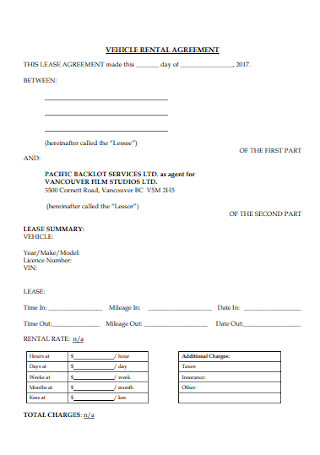
Vehicle Rental Agreement Format
download now -
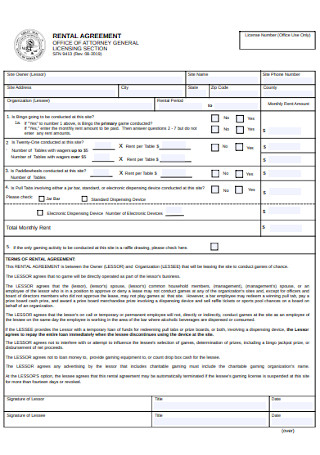
Licensing Section Rental Agreement
download now -
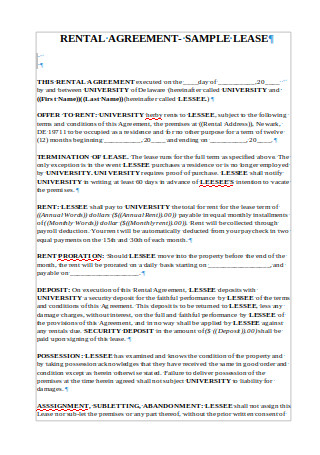
Sample Lease Rental Agreement
download now -
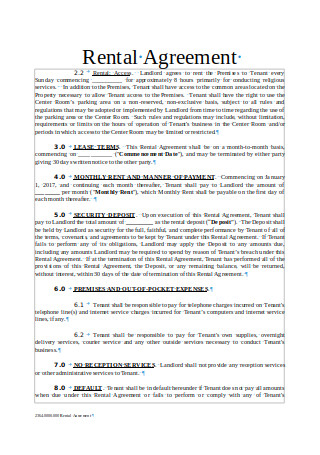
Religious Corporation Rental Agreement
download now -
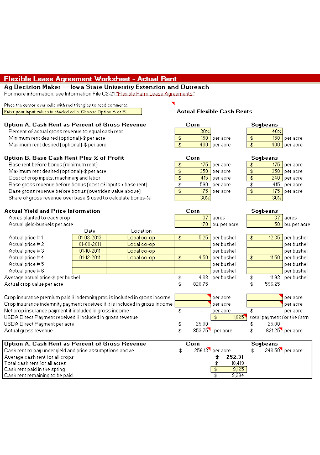
Flexible Commercial Lease Rental Agreement
download now
FREE Basic Rental Agreement s to Download
45+ Sample Basic Rental Agreements
What Is a Basic Rental Agreement?
Types of Basic Rental Agreements
Things to Consider When Crafting a Basic Rental Agreement
9 Steps for Developing a Basic Rental Agreement
Advantages of Creating a Basic Rental Agreement
Dos and Don’ts for Making a Basic Rental Agreement
What Is a Basic Rental Agreement?
A basic rental agreement is a legal contract which involves the participation of a landlord and a tenant. Rental agreements are used to set out the scope and limitations of the lease term. It also includes all the specifications of rules, regulations, and policies that the tenant must abide to. Aside from these items, a basic rental agreement contains the list of rights, entitlements, obligations, and responsibilities not only of the landlord or the owner of the property but also of the tenant. It is recommended for you to write or to look for a basic rental agreement whenever you enter a given rental transaction.
Types of Basic Rental Agreements
Before you make a basic rental agreement, you first have to make sure that you are aware of the specifications of the lease term that you and a tenant will get involved in. You have to be knowledgeable of the different types or kinds of basic rental agreement so you can focus on developing on which can cover your specific needs and requirements. Here are some types of basic rental agreements:
1. Basic Room Rental (Roommate) Agreement
A basic room rental (roommate) agreement is created if two or more individuals will be renting the same room. This agreement is developed to make sure that all tenants renting the same room will have an understanding on how they can respect the private spaces of one another and maintain the communal spaces that they can all use. This type of basic rental agreement is most likely used in lease terms where tenants are composed of students, low-income employees, and individuals who are willing to have a shared-space lifestyle.
2. Basic Apartment or Condominium Rental Agreement
A basic apartment or condominium rental agreement is made by landlords of the specified kinds of properties. If you are a tenant and you would like to rent a unit within an apartment complex or a condominium, it is essential for you to ask for a rental agreement either from the owner of the property or any representative who is maintaining the unit. Having a rental agreement can help you look into the regulations not only of the unit owner but also of the management of the entire property where the unit is located.
3. Basic Residential Property Rental Agreement
A basic residential property rental agreement is developed to ensure that families or groups who would like to rent an entire house or any residential unit is well-aware of their rights and responsibilities. Since it is expected for a residential unit to be occupied by a number of people, a residential property rental agreement commonly includes the limitations on the number of entities who can be considered as the tenants of the property. This document also presents the community guidelines that the tenants need to abide once the lease term begins.
Things to Consider When Crafting a Basic Rental Agreement
A well-written contract and agreement can enable both the tenant and the owner of a property to feel secured within the entirety of the lease term. With this, it is necessary for you to know the major points of discussion that you need to cover. Also, you have to make sure that you can highlight the most important parts of the agreement so that the tenant and the landlord or property owner can be aware of the key matters of the transaction. The most important things that you have to closely look into as you craft a basic rental agreement are listed below.
9 Steps for Developing a Basic Rental Agreement
You should not think twice on whether you need a basic rental agreement or not. Once you decide to enter a lease term, you need to have a written basic rental agreement at hand. Holding a basic rental agreement document can enable you to protect yourself from disputes, misunderstandings, and false claims. Are you a landlord who would like to develop a basic rental agreement that his or her managed property can optimize? Below are nine steps that can lead to the proper and successful development of a basic rental agreement.
Step 1: Download a Printable Basic Rental Agreement Template for Purposes of Formatting and Content Development
Use a rental agreement contract template to begin the crafting of your basic rental agreement. There are different kinds of rental agreement templates out there which is why you have to be thorough and mindful when selecting the template which you think is the best to use for the formatting of your own basic rental agreement.
Step 2: Write a Title and Create a Simple and Brief Introduction About the Document’s Purpose
Put the title of the document on top of the basic rental agreement template. You can also use the header of your property if you would like to so you can incorporate the brand of your business in the document further. After this, give an introduction that can specify what the document is all about. Your purpose statement should define the type of rental agreement that will take place.
Step 3: Specify the Details of the Property
After a short introduction, you can already describe the property that will be rented. Provide the address of the property, the general features of the property to be rented, the specification of the property’s current condition, and the legal description of the property which includes map sketches and other supporting details.
Step 4: Present the Information of the Landlord and the Tenant
Write the name of the landlord and the tenant. You also have to mention their participation in the rental agreement. You have to make sure that the details of both parties are accurately written in the document. Then, specify the date when the tenant and the landlord have already finalized and agreed with all the details of the agreement.
Step 5: Provide the Terms, Scope, and Limitations of the Rental Agreement
Discuss the rental agreement’s clauses in a more detailed manner. Include the payment terms, schedules, and regulations that the tenant should follow. More so, write down the total amount of rent that is due on each period within the duration of the lease. This can help the tenant be reminded of his or her rent payment responsibilities. Ensure that your basic rental agreement will bring your obligations to the minimum so you can set the expectations of the tenant.
Step 6: List the Rights and Responsibilities of Both the Landlord and the Tenant
Once you are already done with discussing the scope and limitations of the rental agreement, you can now list the entitlements of the tenant. Ensure that you will have a comprehensive list of the rights that you will give to the tenant once the lease term is already up for implementation. Aside from these details, it is also important for you to have a full list of the tenant’s responsibilities especially when it comes to the maintenance of the property. Never forget to do the same for your business as you also need to write the rights and responsibilities of the property owner and/or landlord.
Step 7: Specify Concerns About Damages, Insurance, and Termination or Renewal of Lease
Use agreement clauses that can help you protect your business without overlooking the rights of your tenant. Discuss the resolution for property damages. You can also specify items about insurance. You also have to set guidelines where the termination of the rental agreement can be done due to lease agreement violations. On the other hand, if a tenant decides to renew the basic rental agreement, make sure that you will also have a discussion about this subject matter.
Step 8: Add Other Clauses to the Document Depending on their Relevance With the Requirements of the Rental Agreement
If there are still other clauses or types of information that you would like to discuss but are not mentioned above, feel free to include these items in your own rental agreement. Remember that basic rental agreements are not the same in every property rental transaction which is why you should have the liberty to refine the details of your own agreement based on what you think is important and necessary for the rental transaction where you are involved in.
Step 9: Prepare a Signature Block Where Involved Entities Can Affix Their Signatures
At the bottom part of the basic rental agreement, create a signature block. The tenant and the landlord should sign the basic rental agreement as a way to present their approval to all the items discussed in the document. Remind both parties that their signatures should be dated and must be on top of their printed names.
Advantages of Creating a Basic Rental Agreement
Whether it is a rent a room agreement or any other types of basic rental agreement that you are making, it is important for you to exert your efforts and use the necessary time to ensure that you will have an excellent output. Creating an outstanding basic rental agreement can let you experience a lot of advantages and a few of these include the following:
Dos and Don’ts for Making a Basic Rental Agreement
A basic rental agreement should be well-developed. Make sure that you will look into the segments of the document so you can come up with informative clauses, specific key point discussions, and an overall detailed content presentation. Do you need additional help with regards the effective creation of a basic rental agreement? Do not worry as we got you covered. Some of the things that you have to look into and consider when making a basic rental agreement are as follows:
Do’s
1. Do Organize Your Basic Rental Agreement’s Content Presentation and Discussion Flow
When creating a basic rental agreement, it will be great if you can utilize checklists and reminders. The rental agreement that you will create should present your desired content the way you would like to. Using the tools mentioned earlier can help you ensure the organization of all the details that are essential to be seen by your tenants in the basic rental agreement. Always remember to be systematic when discussing your key points and supporting details as these elements can support the development of a strong discussion flow.
2. Do Make Your Basic Rental Agreement as Comprehensive as Possible
Aside from being organized, your basic rental agreement should also be detailed and complete. You need to create a comprehensive rental agreement so that all stakeholders can have a complete view of the regulations of the lease term as well as its scope and limitations. The more informative your basic rental agreement is, the better it can be used for purposes of referencing.
3. Do Consider the Local Laws and Regulations for Tenancy
It is not only the rental agreement format and content that you should prioritize when making a basic rental agreement. It is necessary for you to consider the tenancy laws and regulations within in your state. You have to know the local rules that you should follow to avoid conflicts and other problems in the future.
Don’ts
1. Don’t Include Any Inaccurate, Misleading, and/or Confusing Statements in the Basic Rental Agreement
Your basic rental agreement should be detailed. With this, it is important for you to thoroughly screen the information that you will place in the document. Ensure that the specifications that can be seen in the basic rental agreement are accurate and update. Do not put any information that can lead to misunderstandings. Never mislead your tenants or renters as this can make them set improper and unnecessary expectations as they immerse themselves in the agreement.
2. Don’t Use the Basic Rental Agreement For Your Personal Intentions Especially If It Can Be Considered as Abuse of Power
It is important for the basic rental agreement to be unbiased. Do not think of using the document to realize your personal intentions as this can ruin your relationship with your tenant. You need to ensure that the content of the basic rental agreement is free from any subjective thinking, abuse, and discrimination. Let the document help you present a credible and trustworthy image rather than use the document to ruin your reputation.
3. Don’t Develop a Mediocre Rental Agreement
Just because your rental agreement is deemed to be basic does not necessarily mean that it should already be mediocre. Do your best to develop the document’s format, layout, and content so you can still make it an effective tool for the transaction where it will be used. Look into different basic rental agreement samples so you can get an idea on how other business entities develop the specific document. Getting inspiration from existing samples can make it easier for you to craft the best rental agreement for your property rental business.
If you have already decided to create a basic rental agreement, make sure to check out all of the templates and samples that we have put together in this post. Use our references effectively as these can help you easily develop both the layout and format of your own basic rental agreement document.
